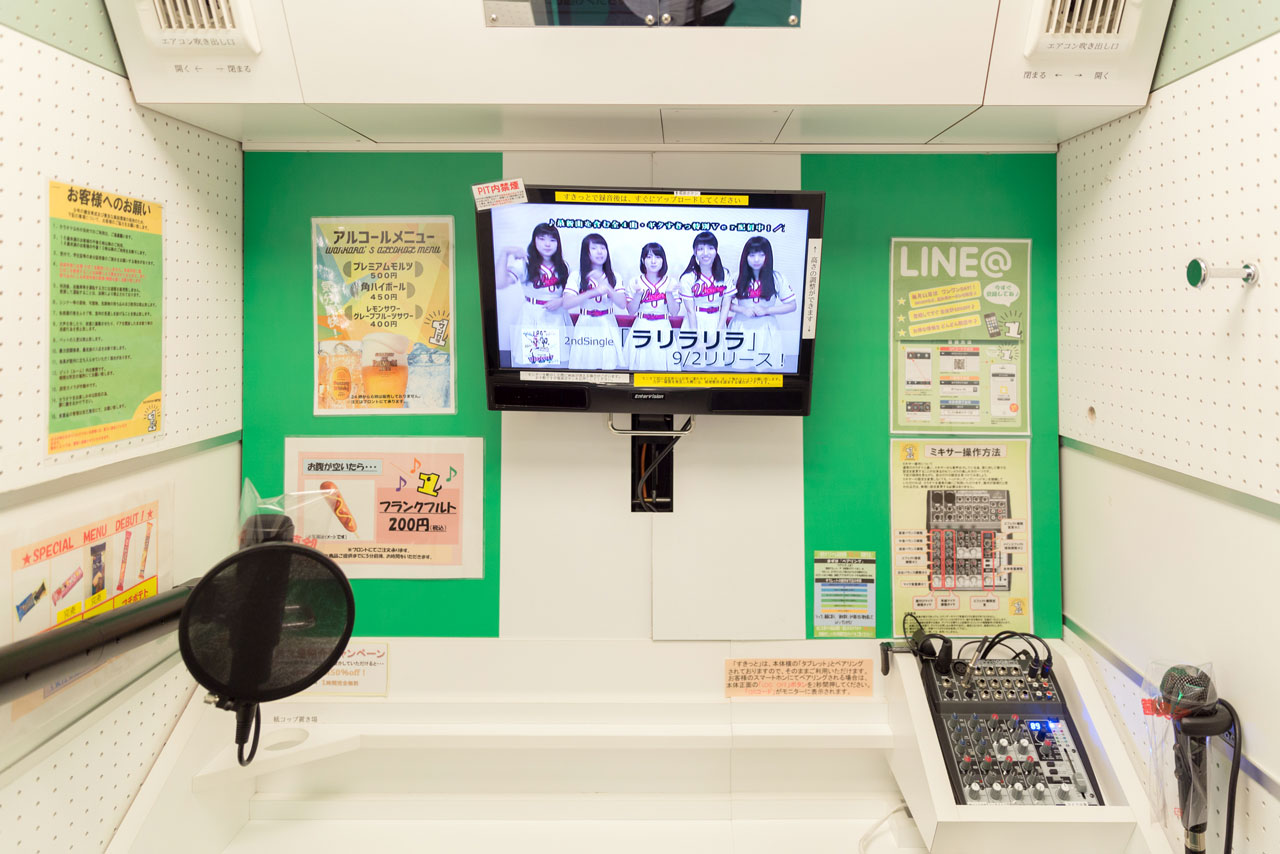

The booths are very similar to the karaoke boxes but on a more intimate scale, with at least 20,000 booths running with an estimated 3.18 billion yuan in the 2017. The booths are cheaper than the traditional karaoke box, as they do not have to rent a room but just go in and sing a number of songs. There is also a different style of karaoke, the traditional type where the patrons sing in front of everyone that is also still offered in popular entertainment areas, rather than the private boxes.Ī new trend of karaoke booth have shown up in Chinese shopping malls where customers can enter a booth, similar to a photo-booth, that allows them to perform different songs.

One blogger, who is a fan of karaoke, writes ".to sing karaoke is to embrace the moment that your love of song transcends your love of self." While people do go to and enjoy karaoke boxes with family and friends, people also go by themselves and are able to enjoy the comfort of performing in the room by themselves. Many people of all ages enjoy karaoke as a pastime in Japan, as it still has a huge influence in the Japanese music scene and it is also a place that can attract tourists as well.
#Japanese karaoke box free
Karaoke box establishments often sell beverages, and sometimes food but sometimes the establishment offers free refreshments. A typical karaoke box establishment contains 10–20 (or more) such rooms, that can be themed so that each room has a different feeling or can be a traditional karaoke box, as well as have a main karaoke bar area in the front. Karaoke boxes consist of multiple rooms containing karaoke equipment, usually rented out for a period of time. It originated in Japan, and is now popular worldwide, particularly in Asia. A karaoke box ( カラオケボックス, karaoke bokkusu) is a type of karaoke establishment commonly found in East Asia, Southeast Asia, South Asia, the United States and Canada.


 0 kommentar(er)
0 kommentar(er)
